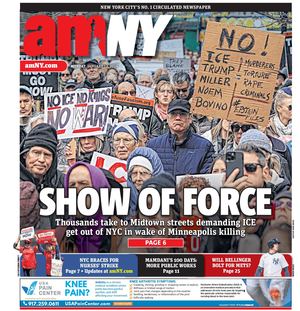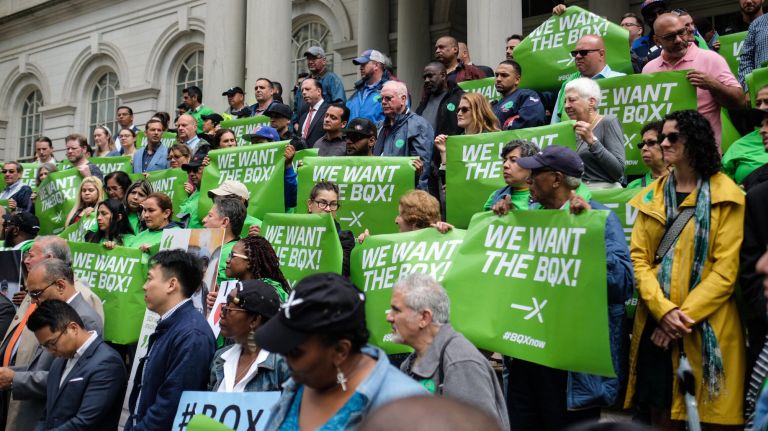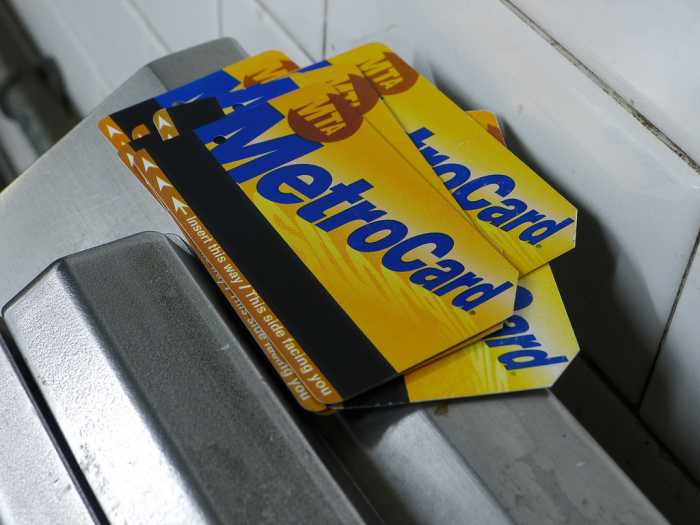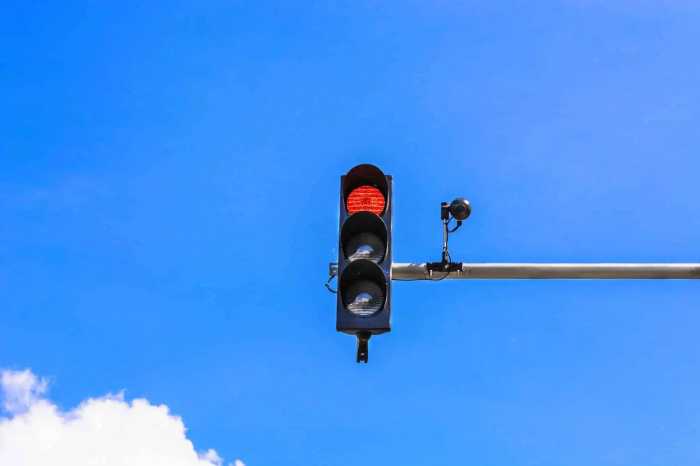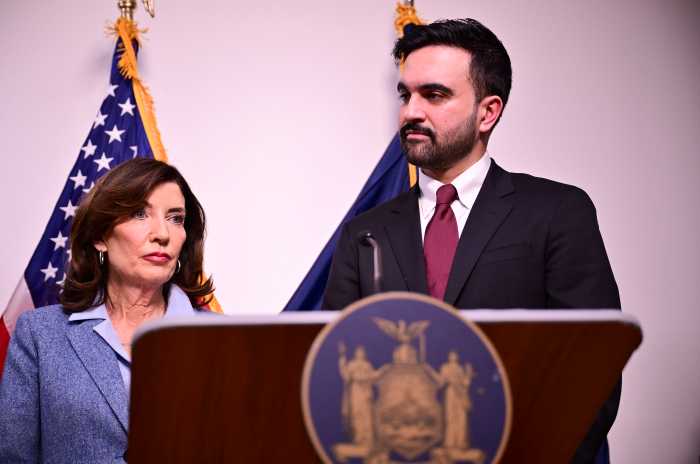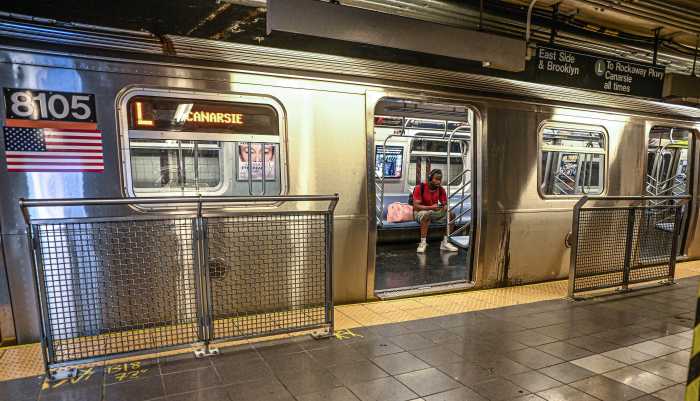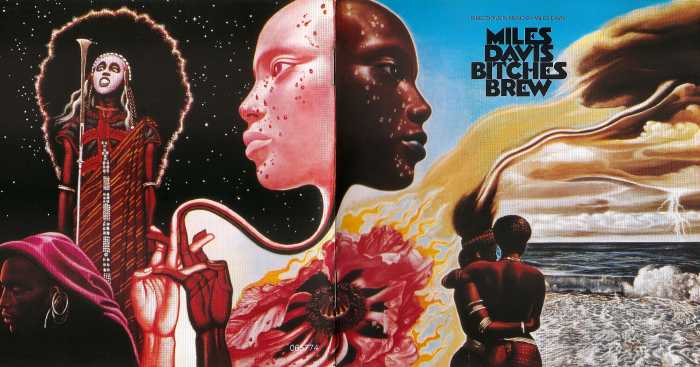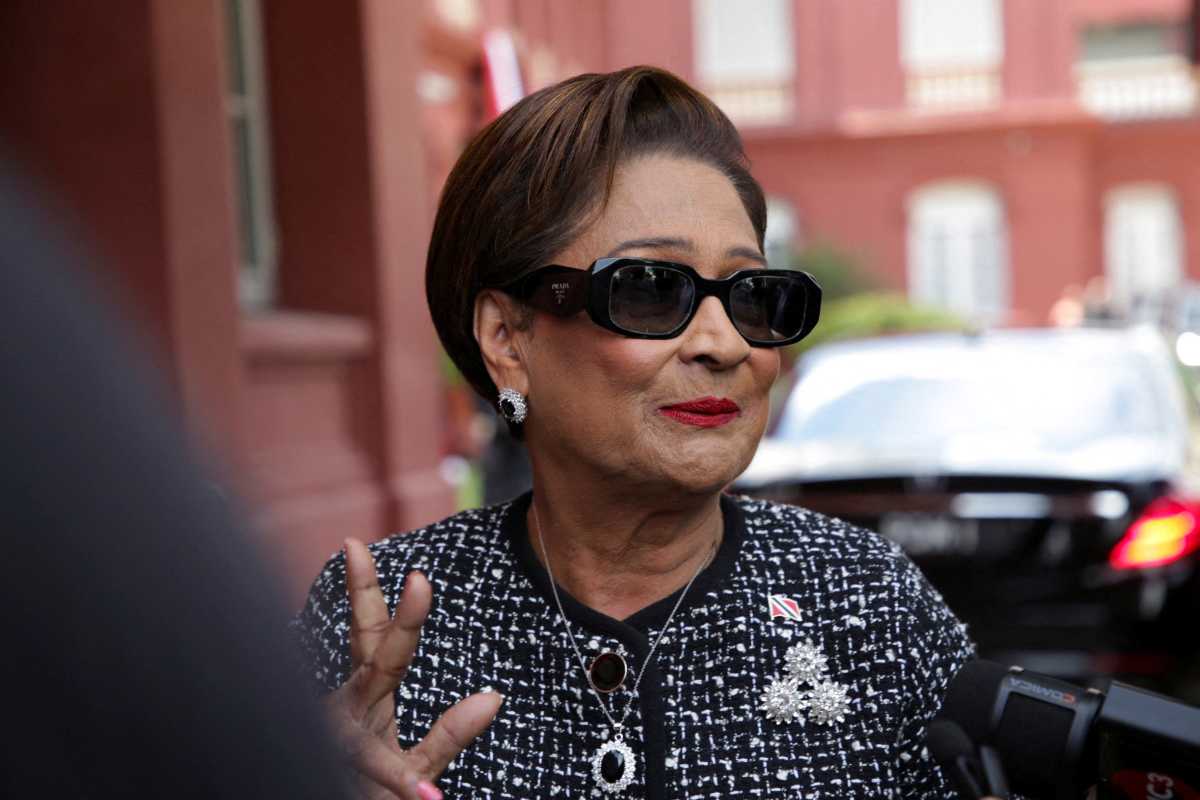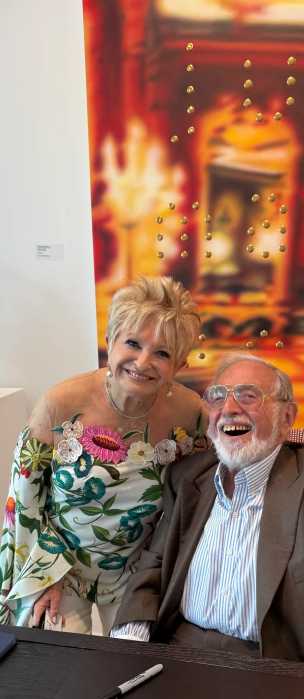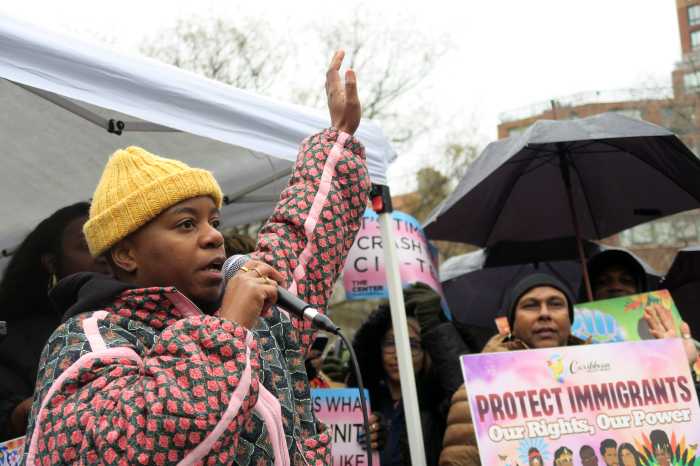Council members on Thursday prodded the city on whether a bus rapid transit route would be more practical than Mayor Bill de Blasio’s proposed streetcar line for Brooklyn and Queens.
The streetcar, known as the Brooklyn-Queens Connector, or BQX, would run on an 11-mile route along the boroughs’ waterfront, from Red Hook to Astoria, at the cost of $2.7 billion. During the first City Council hearing on the project that the mayor unveiled back in 2016, Council members speculated whether a streetcar was the best use of city resources and if funding would materialize.
Queens Councilman Jimmy Van Bramer, who is among the project’s most vocal critics, questioned whether de Blasio was fully committed to the project or just creating “false expectations,” and if the city would be able to get its anticipated $1.4 billion in federal funding for the project if Trump is reelected.
“Those are two things that I think speak both to its realization and also the potential for it to slow down, peter out,” said Van Bramer. “And so that’s what I’m trying to figure out here. We’re not faced with a decision yet, because we sort of don’t know exactly what we’re looking at. It’s sort of still being decided.”

Among the elements still being decided is whether the streetcar is the best bet for the corridor. The project is currently undergoing an environmental review process that is expected to wrap up next fall. As part of that process, the city will be considering whether bus rapid transit, or BRT, would be more efficient. Unlike regular bus service, BRT typically runs on a dedicated path that is physically separated from traffic.
Chris Hrones, the director of Strategic Transit Initatives at the city’s Department of Transportation, said an initial assessment of the project considered subway, bus, streetcar and even aerial trams for the area. Several other options were ruled out because of “costs and impacts,” according to Hrones.
“It was found that a streetcar was the preferred option; however, bus rapid transit option was identified (as) kind of the second-ranking one, and one that was worthy of further exploration,” said Hrones. “So as part of the EIS we look forward … to studying alternatives to whatever the first concept is right now.”
The city isn’t expected to break ground on the project in its current form, though, until 2024. And the BQX isn’t expected to be ready for service until 2029, long after de Blasio leaves office. Last summer, the city released its first detailed report on the project, revealing that the BQX would run on a shorter route, but still cost more and take longer to build.
So far, the city has spent $7.5 million on the development of the project through self-generated funds from the Economic Development Corporation as well as an untold number of staffing hours at the DOT. Hrones said he couldn’t put a number to that cost.
The plodding progress on the project has fielded criticism, as has the route, which during one stretch closely mirrors the path of the G train.
David Bragdon, the executive director of the nonprofit TransitCenter, said the time and resources dedicated to the project are ill-spent and that the corridor itself doesn’t even warrant the attention. The streetcar is expected to serve 50,000 riders when it opens, just a few thousand more than the busiest bus routes in Manhattan and Brooklyn.
"It is the wasting of resources on something that shouldn’t be a priority and is only on the radar screen because some very powerful interests put it forward,” said Bragdon, referencing the fact that the streetcar was first conceived by private developers.
Still, the Friends of the BQX, a support group for the project that features some of the city’s biggest private developers on its committee and board, managed to draw a crowd to rally behind the project on the steps of City Hall ahead of the hearing.
Supporters view the streetcar as an important job-creator and inter-borough transit option, considering that the subways focus on taking commuters to and from Manhattan. Both Brooklyn borough presidents, Melinda Katz and Eric Adams, voiced support as part of the rally, as have boroughs’ chambers of commerce and other community groups.
“It is so important that we have inter-borough connections. It is so important that in a borough like Queens we present alternatives and think outside the box to make sure we have the connections to jobs; to make sure that we can live in one borough and work in the other.”
